Hogeschool Gent organized a 3 days-long seminar as a collaboration of 3 courses from the Faculty of Business and Public Administration: Performance Management, Strategic Business Game and
Strategic Human Resource Management (SHRM). Besides enhancing personal skills, knowledge and abilities regarding these courses, the seminar aimed at enhancing group dynamics and atmosphere. Of course, participation is compulsory for each student following either one (as me: SHRM), two or three courses.
 |
| Hotel Cosmopolite |
However, the tricky part is that it doesn't take place in Ghent, but Nieuwpoort, on the Belgian coast. Students have to get there by themselves (50mn of train to Ostende + 45mn tram to Nieuwpoort). The
Hotel Cosmopolite*** was chosen to host the seminar, probably due to its 10 equipped working rooms, its restaurants (brasserie and gastronomy cuisine) and the capacity for students to check-in a room for a night or two. In other words, yesterday I paid 20€ for lunch and dinner (mandatory fee) and 16€ for transportation. My seminar (9am-7pm) was oriented towards Competency Management, divided in two parts: the STARR interview and the Quinn's model.
STARR
Situational interviewing or STARR (Situation-Task-Action-Result-Reflection) is a semi-structured interview conducted by line managers and Human Resource (HR) managers in the course of multiple HR processes (recruitment, development, appraisal, etc). The goal of this type of interviewing (for the interviewer) is to deduct the applicant's competencies, based on his/her past work or hobby experiences. The difficulty of this interview is to ask the right follow-up questions. But it surely comes with the routine.
The seminar lasted 3h and was managed by
Mieke Audenaert and
Annelies De Vuyst. About 40 students participated. We conducted such STARR interviews among ourselves, based on one real past experience. We gave feedback to each others on our performance as interviewers. The main output is to be able to fulfill the STARR table
(see example below) while interviewing a job applicant.
 |
"MY STARR"
Example of situations where my behavior allows to deduct competencies. |
I understood the STARR interview type and I feel confortable using it from now on. I guess that was the seminar's goal so it was successful.
QUINN
- What am I good at?
This question is useful for people that often change jobs (every 5-6 years before getting bored?) because when they know that they're good at something, they'd enjoy doing it, hence, they'd enjoy a job that fits their competencies (and maybe they'd stay longer in the same position?).
 |
"Quinn's Competing Values Framework"
Source: Quinn R.E. et al. (1996). Becoming a Master Manager: A Competing Values Approach. |
Quinn's model is one of the most popular management and leadership models in management literature. Based on his role model theory
(see role framework below), there is also a small test to find out which roles fits best one's personality. In the seminar, directed by prof
Alex Vanderstraeten in the afternoon (3h), we (only 15 students) started by positioning ourselves in one of the four quadrant of the model. I felt that the
Open systems model fits my personality because I'm interested in innovations and technological development, I like evolving in unpredictable situations and I quickly adapt to these situations thanks to previous experiences — continuous learning.
 |
"Quinn's Managerial Leadership's Roles"
Source: Quinn R.E. et al. (1996). Becoming a Master Manager: A Competing Values Approach. |
Then we had to go through the different roles and their descriptions to figure out whether it really fits our personality. For me: yes, I like to think that I'm creative. And I like change, trying new stuff and combining existing solutions for a better one that suits me. I could be an inventor. I also like to talk about stuff I recently read and discovered so I guess I present ideas. I could also be a bit of a broker.
Based on a competency dictionary we pointed out in group that an innovator would master the following competences: (1) Adaptability (2) Communication (3) Problem solving and Judgement (4) Innovation & (5) Impact and Influence. This enlightened our personal competency profile and gave us more information in case we go to selection interviews or assessments.
Of course, one doesn't have to fit in one single category for the whole career; there are rooms for change! However, it is possible to develop competencies (e.g. through trainings), but can you develop your personal characteristics? Young people believe that yes, everything can be changed. Older people tend to think it's genetically embedded.
--
This day-long seminar was good. But the organization wasn't (it was confusing). I simply don't understand why we had to pay pay almost 40€ to go to a hotel 2h away from Ghent, since there was no added-value from this. Everything could have been organized at Hogeschool! Eventually, as there was a strike from the Belgian railwaymen for 24h from 10pm that same day, most of the Erasmus people (the only students enrolled in only one course, thus only one day of seminar) left during dinner — which we still had to pay for (no discussions possible).


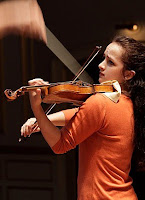.jpg)











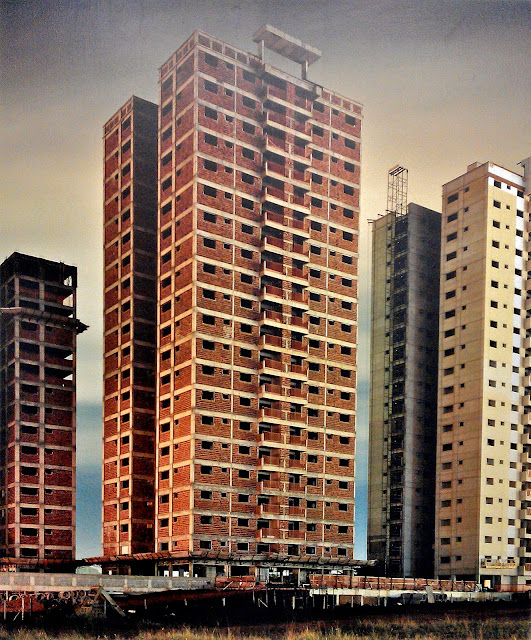
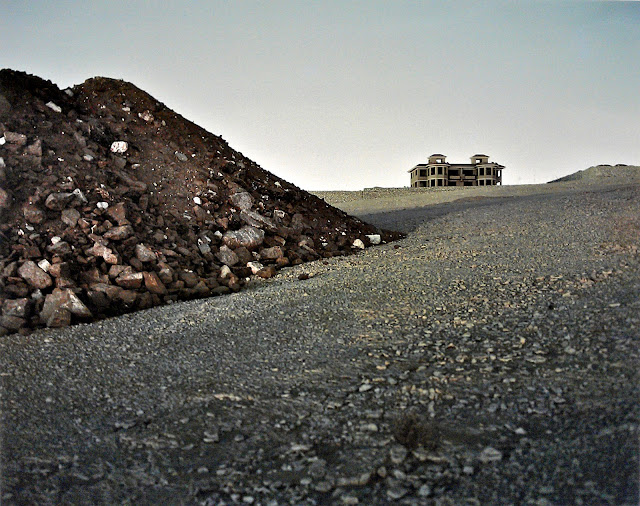
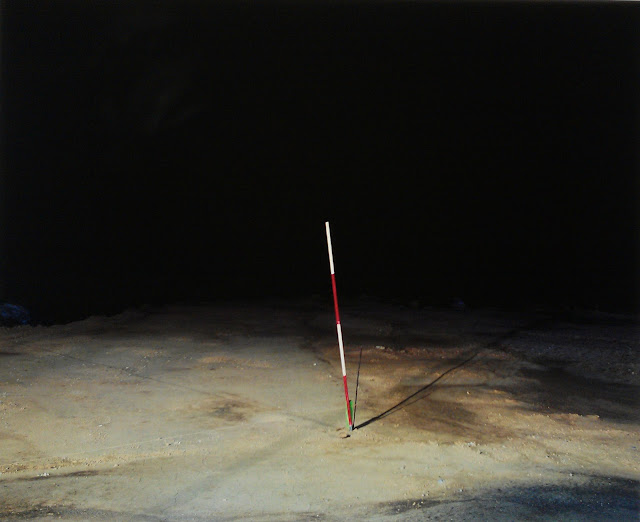












.png)









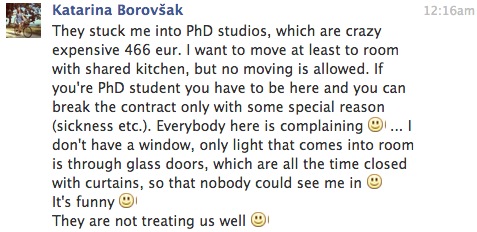






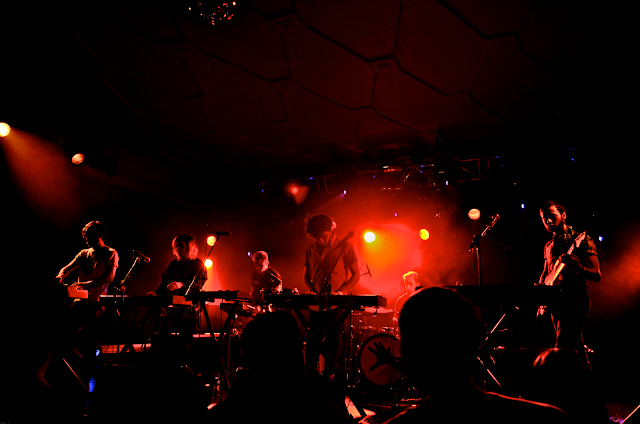
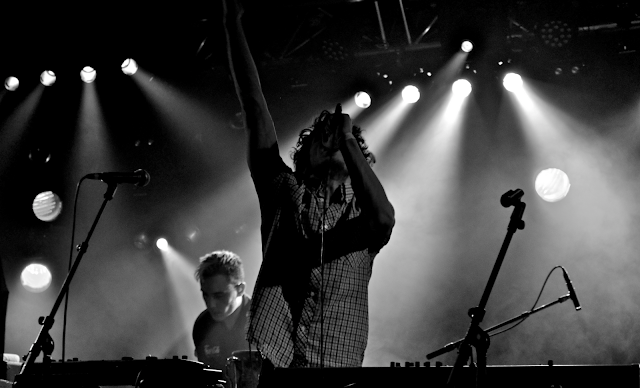.png)


